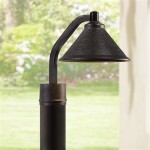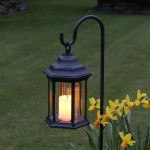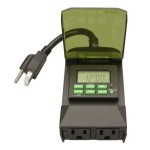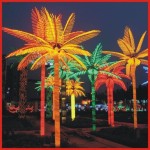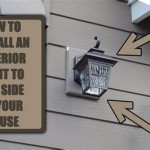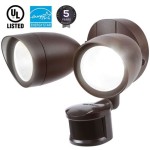One Light Setup for Outdoor Portraits: A Guide for Photographers
Outdoor portraits offer a dynamic and beautiful backdrop for capturing subjects in their natural environment. While the sun provides a readily available light source, mastering its use can be tricky. One light setup is a fantastic starting point for beginners and experienced photographers alike, allowing you to control the direction and quality of light for striking portraits. This article explores the technical aspects of one light setup, providing practical tips for creating beautiful outdoor portraits.
Choosing the Right Light Modifier
The choice of light modifier significantly impacts the quality and direction of light. Here are some common modifiers and their effects on your portraits:
- Softbox: A softbox produces a soft, diffused light that is flattering on the skin, minimizing harsh shadows. It is ideal for creating a natural and airy look, particularly for close-up portraits.
- Umbrella: Umbrellas come in two types: shoot-through and reflective. Shoot-through umbrellas allow light to pass through them, softening the light. Reflective umbrellas bounce light back towards the subject, creating a brighter and more directional light.
- Beauty Dish: A beauty dish is a shallow, circular reflector that produces a bright, focused light with a soft, wrap-around effect. This is ideal for emphasizing facial features and creating a glamorous look.
- Reflector: Reflectors are used to bounce ambient light back onto the subject, filling in shadows and adding a touch of brightness to the face.
The choice of light modifier depends on your creative vision and the desired effect. Experiment with different modifiers to understand how they shape the light and enhance your portraits.
Understanding the Golden Hour
The golden hour, the period just after sunrise and before sunset, offers the most flattering and softest light for outdoor portraits. During this time, the sun is low in the sky, casting a warm, golden glow that adds a magical touch to your photographs. The light is softer and more diffused, reducing harsh shadows and creating a more pleasing and natural look.
Beyond the golden hour, other times of day offer unique lighting conditions. For example, early morning or late afternoon provide directional light that can be used strategically to create dramatic portraits. Experimenting with different times of day can help you discover the optimal lighting conditions for your desired style and subject matter.
Mastering Light Direction and Placement
The direction of light determines the shape and direction of shadows, significantly influencing the mood and feel of your portraits. Here are some common light positions and their effects:
- Frontlighting: Light directly facing the subject eliminates shadows, creating a bright and even look. However, it can flatten features and lack depth. This is best for casual portraits and group shots.
- Sidelighting: Light hitting the side of the subject creates dramatic shadows and depth, enhancing facial features and adding dimension to the portrait.
- Backlighting: Light shining from behind the subject creates a halo effect, separating the subject from the background and enhancing depth. It can result in silhouettes or rim lighting.
- Overhead Lighting: Light from above can create a dramatic look, especially when used in conjunction with a reflector to soften harsh shadows under the eyes.
Experiment with different light positions to discover how they impact the mood and feel of your portraits. You can move the light source or position your subject to control the direction and create different effects. Consider using a reflector to bounce light back onto the subject's face to fill in shadows and add dimension.
Additional Tips for Success
Here are some additional tips for capturing stunning outdoor portraits with one light setup:
- Metering: Use your camera's light meter to ensure correct exposure. Metering directly on the subject's face or using spot metering is recommended.
- White Balance: Adjust your white balance to match the ambient light conditions. Use the preset settings for sunny, cloudy, or shaded conditions, or use a custom white balance for more precise control.
- Composition: Use the rule of thirds, leading lines, and other compositional techniques to create visually appealing and balanced portraits.
- Background: Choose a background that complements the subject and adds dimension to your composition.
- Lens Choice: A wide-angle lens can be used for group portraits, while a telephoto lens is ideal for close-up portraits.
- Communication: Communicate effectively with your subject, directing their pose and guiding their expression to capture authentic and captivating portraits.
By mastering these tips and techniques, you can create stunning outdoor portraits that showcase your subject's beauty and personality. Remember to experiment, learn from your mistakes, and practice regularly to refine your skills and develop your unique style.

How To Mix Ambient Light And Fill Flash For Outdoor Portraits

Three One Light Portraits On Location
Indoor Outdoor Lighting Setups Simple Diagrams For Learning Photography

How To Mix Ambient Light And Fill Flash For Outdoor Portraits

Applying The 3 Light Studio Setup To Outdoor Portraits

Applying The 3 Light Studio Setup To Outdoor Portraits

10 Best Portrait Lighting Patterns Using Just One Light

Outdoor Flash Photography Tips For Natural Or Dramatic Portraits

Pin By David Casimer On Photography Ideas Lighting Setup Portrait Studio

Light How To Take Great Photos
Related Posts
